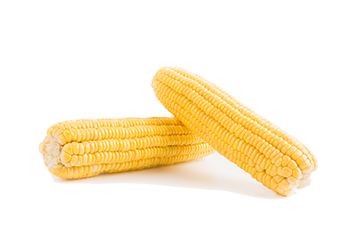- México, 33 Pol. Ind. Tecnoparc 43204 Reus (Tarragona) España
- +34 977 317 111
- bionte@bionte.com
Nowadays it is not feasible to completely mitigate mycotoxin contamination of cereals.
Today there are uniform guidelines at a global level that must be taken into account in efforts to control and manage contamination by different mycotoxins. For this Code of Practice to be effective, it is necessary for producers in each country to consider the general principles set forth in it, taking into account local crops, climatic conditions and agricultural practices before attempting to apply the provisions of the Code.
It is important for producers to be aware that Good Agricultural Practices (GAP) are the first line of defense against mycotoxin contamination of cereals, followed by the application of Good Manufacturing Practices (GMP) during the handling, storage and distribution of cereals intended for human and animal consumption.

Use appropriate insecticides and fungicides for crops in the framework of pest control.
Eradicate weeds from the crop through herbicides or mechanical methods.
Apply irrigation evenly to all plants. It reduces stress and promotes crop maturation.
Harvest the crop when the grain has low moisture content and is ripe.
Use equipment in good condition for harvesting and storing crops.
Have adequate and calibrated equipment to measure moisture content.



The company that provides effective solutions against mycotoxins.
Calle México, 33. Polígono Industrial Tecnoparc.
43204 Reus (Tarragona) - España
Contact information
E-mail: bionte@bionte.com
Telephone: +34 977 317 111